Three qualifying places that I could not determine the first time
I am convinced that many diggers who have been passionate about instrumental search for many years have at least one story about such a case. I determined the place, came to the field, walked along this field in the most promising places, found something of value or nothing at all, and left. And then, after a couple of years, you meet a comrade on the field. Word for word, he begins to tell how he did a very good job of digging in that particular field just the other day. And, the comrade is not lying. He shows photos of the finds, and you stand there and think, “Fuck… well, how???”
This happened to me too, but I want to tell you about how, having arrived for the second or third time at the same place, I suddenly discovered it from a very interesting side. In fact, in my practice there are more than three such places. However, the format of the note does not allow the sweet memories to spread over several pages of text. Still, if you, dear readers, find the topic interesting, write in the comments, I will definitely expand on the topic with a few more examples.
Forest Glade.
This happened last year around the beginning of October. It so happened that some fields had already been sown, but other good places had not yet been plowed, and then, out of melancholy, I went into the forest. I don’t like digging in the forest; I prefer the open space of fields. But there was nowhere to go. So I went to explore the nearby forests. The first two trips were not particularly productive. I checked the forest roads and got to a remote farm, which I myself had dug three years ago. There were finds, but not so much that we were delighted.
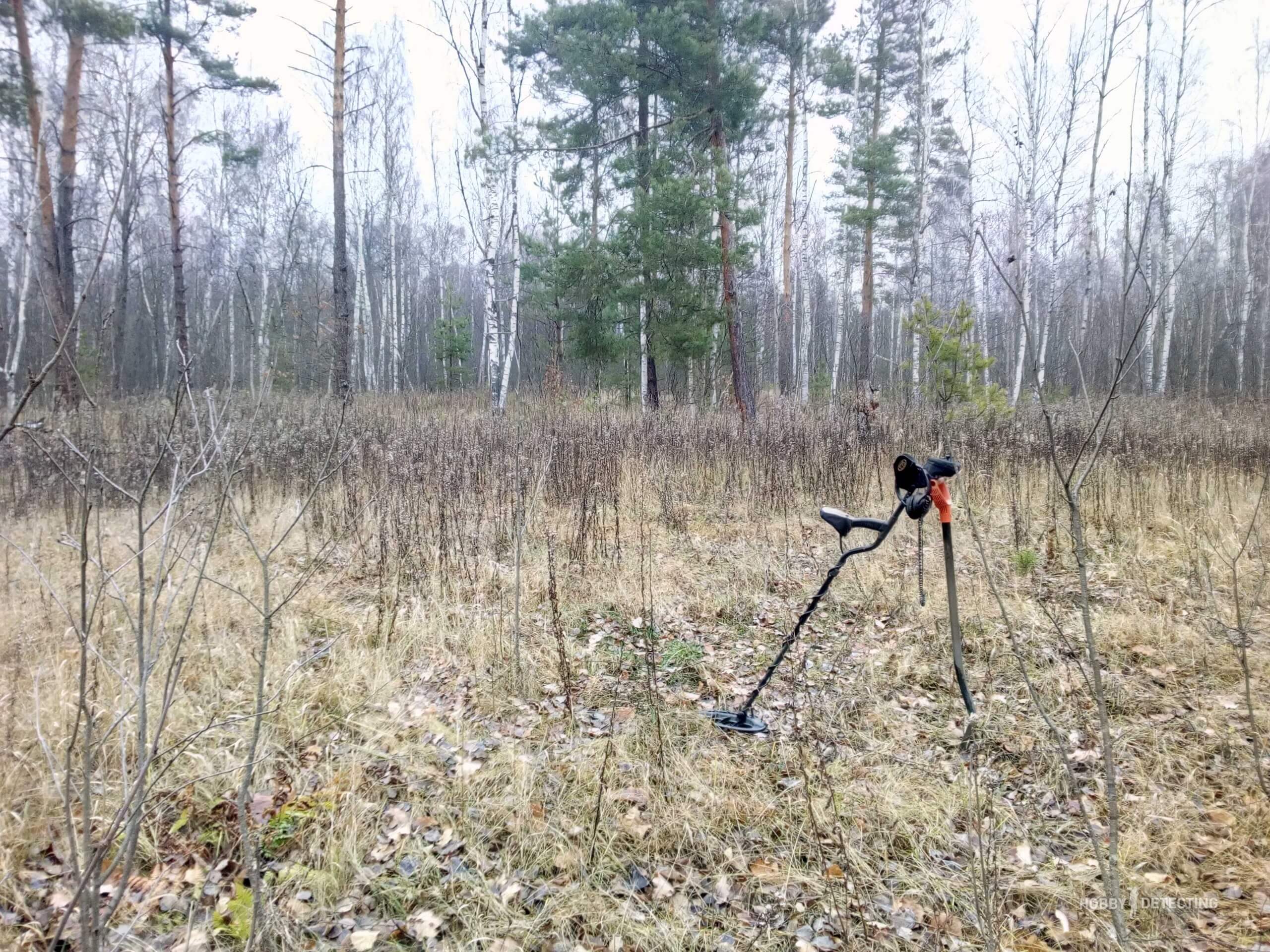
And so, I got out in one direction; during the three years of my passion for instrument search, I was there three or four times. I remember it was there that I found my first forest coin – 2 kopecks in silver. The joy came not more from the find, but from the idea that here it was, I had found an ancient forest road. However, no matter how long I walked along that road, I didn’t dig up anything except one more horse meat.

But that time I looked at the forest differently. What attracted attention was not so much the road itself as the hills, mounds, clearings and ocarinas of the drained swamps. Also, I already knew how to pay attention to places with a high ratio of iron signal readings. It is important. I developed a rule for myself a long time ago. In the forest, if there are three iron signals within ten steps, this place is worthy of special attention. And suddenly there were good finds, with amazing forest conservation.
Photo attached.


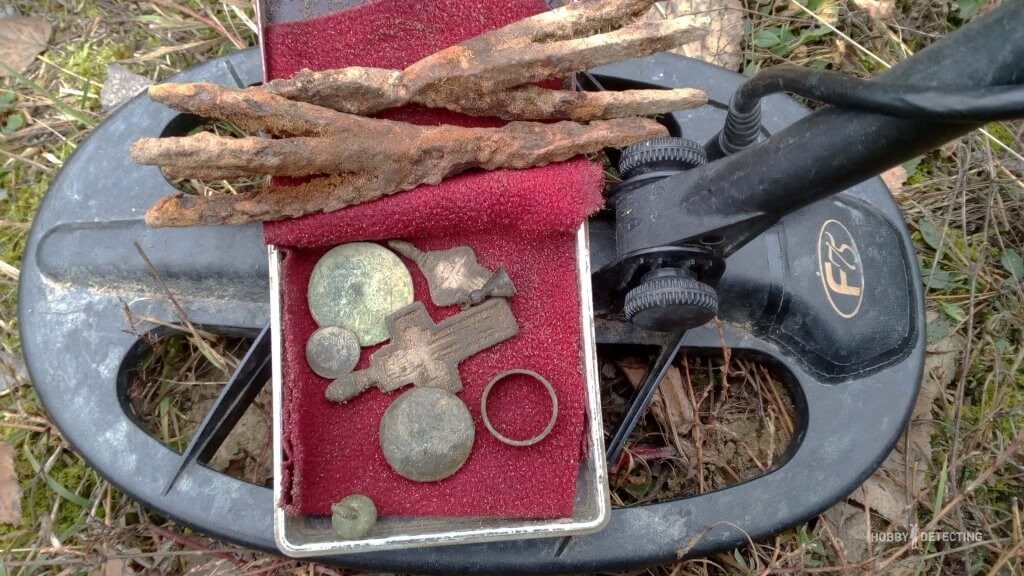
Roadside camp.
I discovered this place this year. Although I had been there twice myself before, once with a group of comrades. And, during all these reconnaissance trips around the area, they found one coin, a cross and a uniform button. However, the place had to be promising in all respects. This is a sandy hill on the edge of an arable field. According to ancient maps, this is where the postal route from the time of Catherine the Great passed.

This spring, driving by, I saw that the field was about to be sown. That’s why he wasn’t too lazy and turned towards the sandy hill. Then I found a piece of a silver cross and a copper ring. I also saw a good concentration of ceramics on that hill. Therefore, in the fall after harvesting, when the field was plowed, I stopped by again to see what was there and how? And suddenly, unexpectedly, very good finds began to appear. It’s worth noting that someone had already trampled on that hillock before me. But the man obviously wasn’t there for long, and judging by the debris that the deer left on the edge of the holes, he wasn’t as good with his finds as I was.
Photos of the finds are attached.
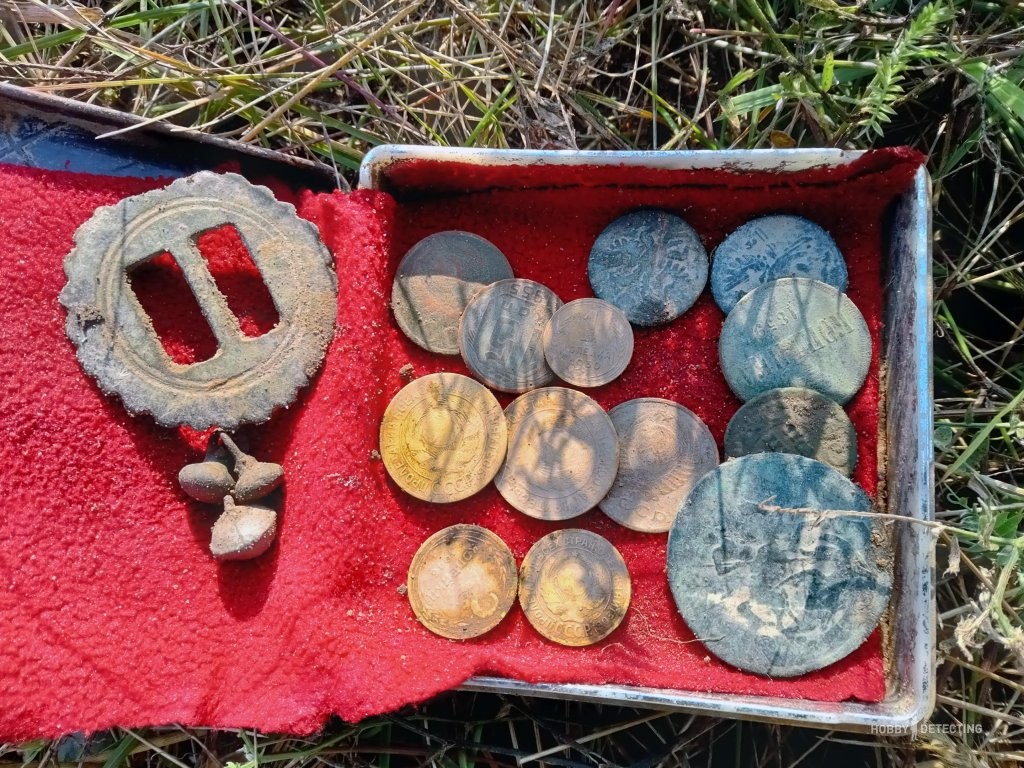

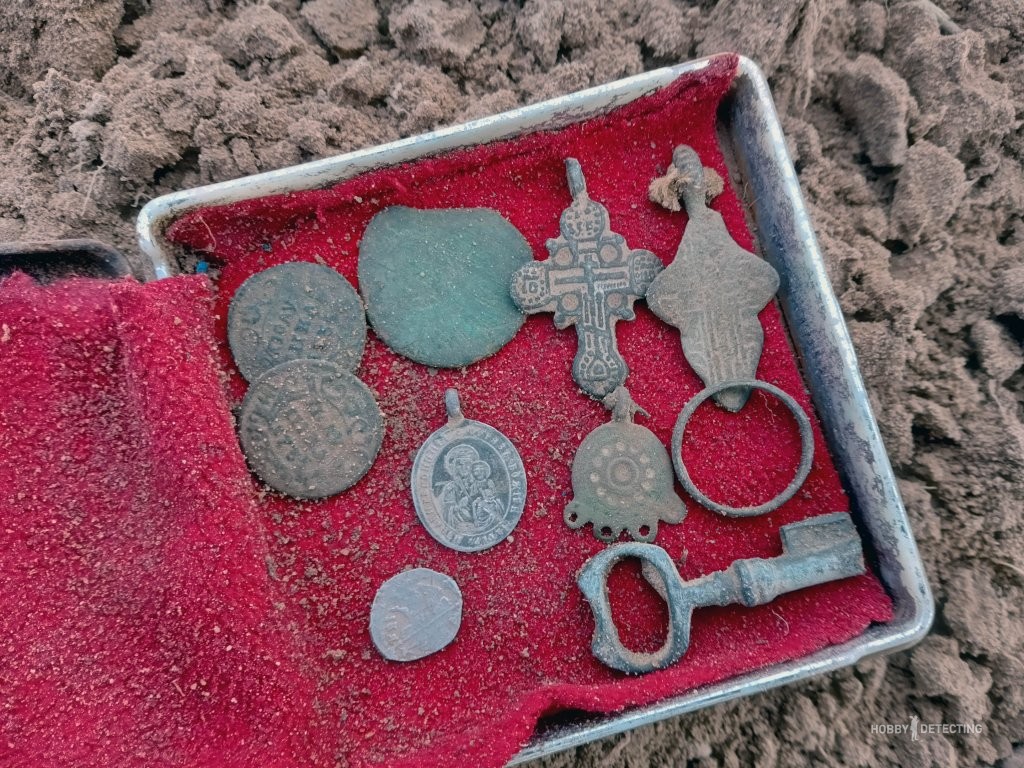
Middle field.
It just so happened that comrades began to give names to the fields for reference points. Miracle field, corner field, field near the tar factory, far near the forest, near, field near the swamp. This summer, in our area, only one field was left for couples. I've been to that field many times before. Moreover, two years ago the field was also left for the summer to fallow, and then I walked that field up and down. Nothing interesting, the rating of this field was a stretch of three points on a ten-point system.

And so, this year, when the field was plowed for the first time, I walked through the “suitcases”. After which we had to raise the field rating to five. All summer I didn’t leave that same field. Most of my publications are exactly that middle field. There were many interesting and noteworthy finds there, and not just me. My friend found a gold engagement ring there, and yesterday in another field he met a comrade, and he also showed a photo of a gold ring with a hallmark from the end of the 19th century. In that field, up to ten diggers could be found a day, but the finds were made before the sowing season.
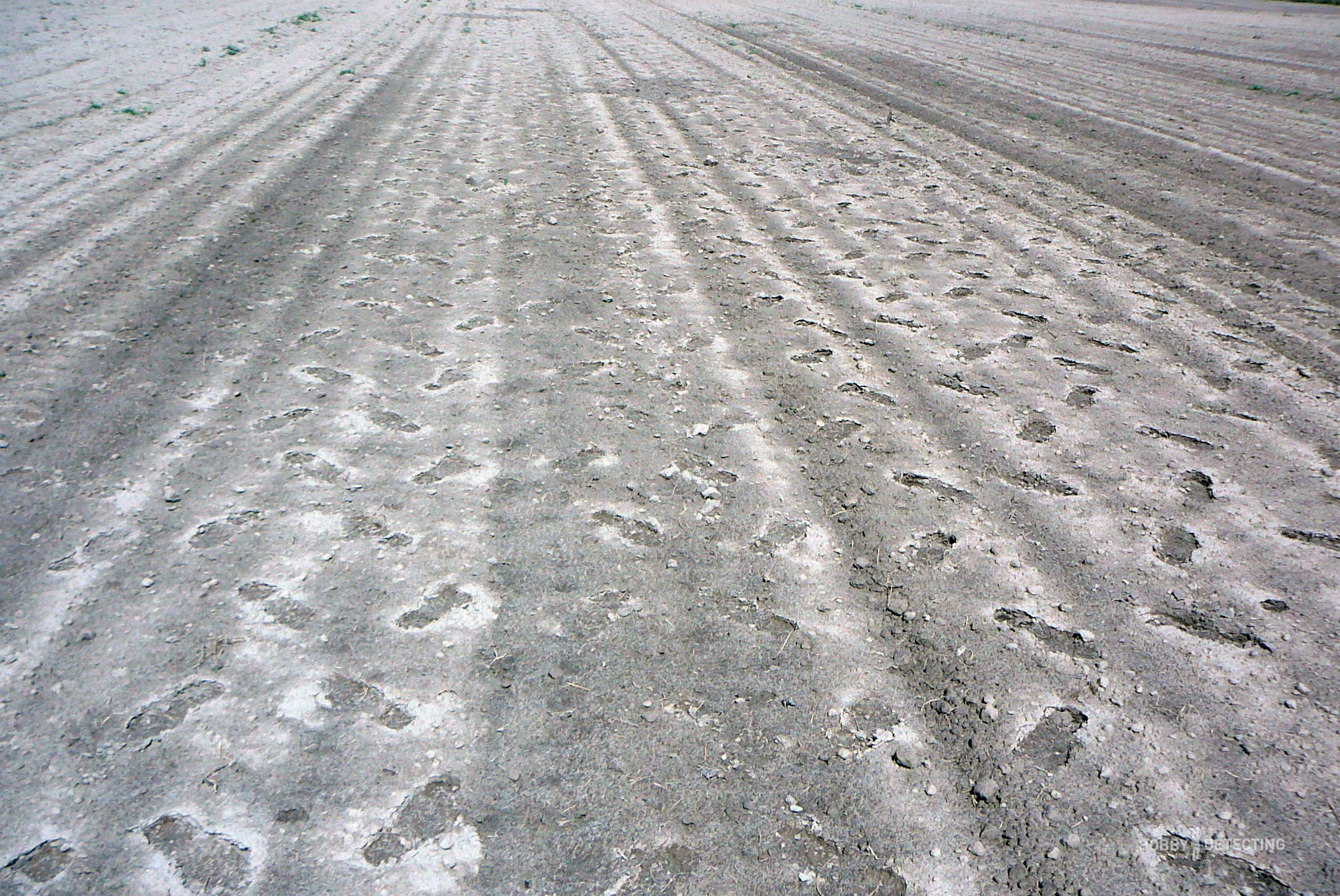
I had many interesting finds in that field this summer, especially the plowed bag of scales. Moreover, the wallet was in the place where I had repeatedly walked in past years, and how I missed this wallet then is unclear. Also, in this middle field this year I dug up at least a dozen besogons. Including a very well preserved icon.
Photo attached.

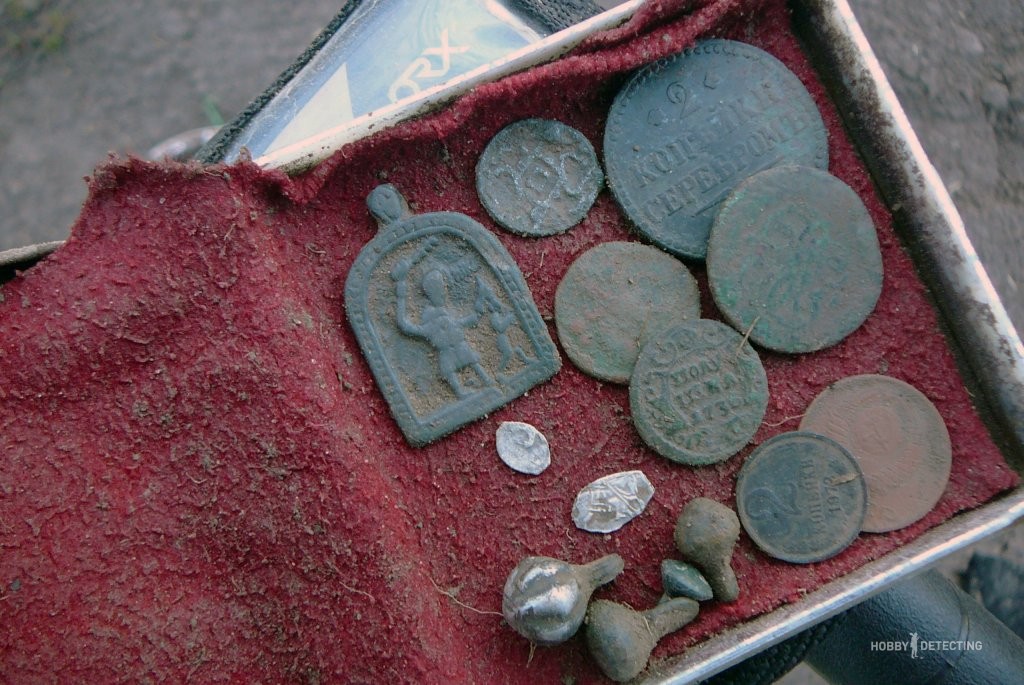

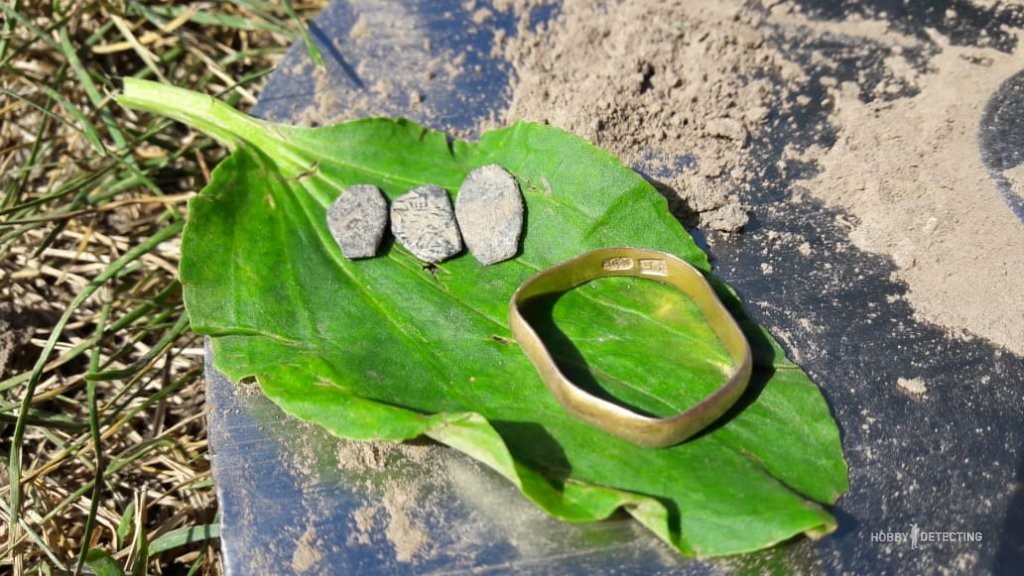
Conclusion.
After such an experience, this year I began to think more and more about how I ever dug before??? I also came to understand that most of the unpromising fields I recognized in the past need to be checked again. Moreover, in one such field that I checked in the past, this year one digger found a bag of plowed scales. He stands there and tells me, “Yes, there were scales there, as if someone had sowed them.”

